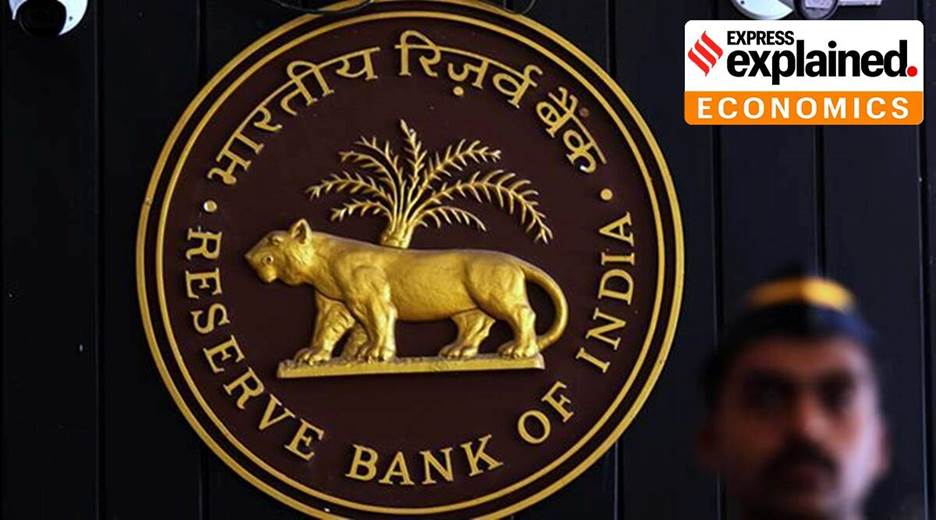Free Courses Sale ends Soon, Get It Now


Free Courses Sale ends Soon, Get It Now



Copyright infringement not intended
Context:
For the first time since May 2019, the banking system liquidity situation turned into a deficit mode of Rs 21,873.4 crore on September 20, 2022.
More on the news:
© 2024 iasgyan. All right reserved